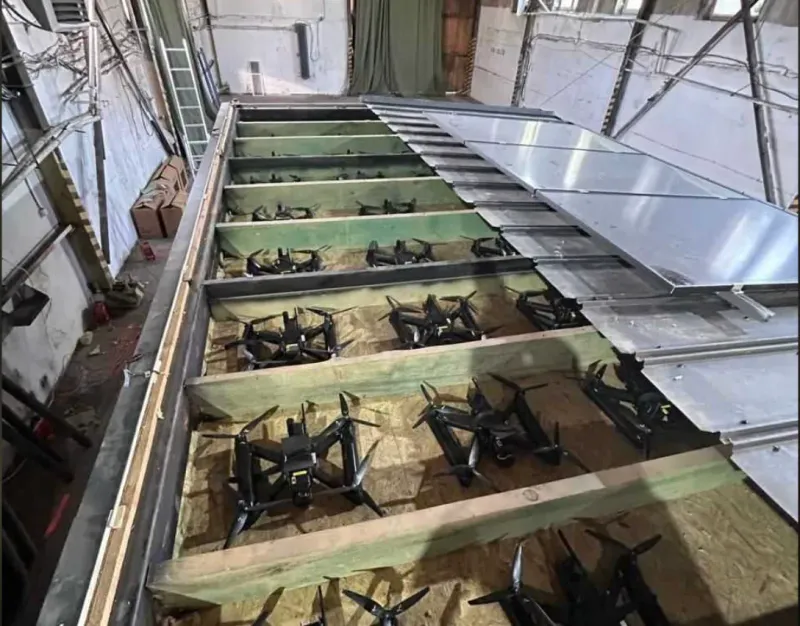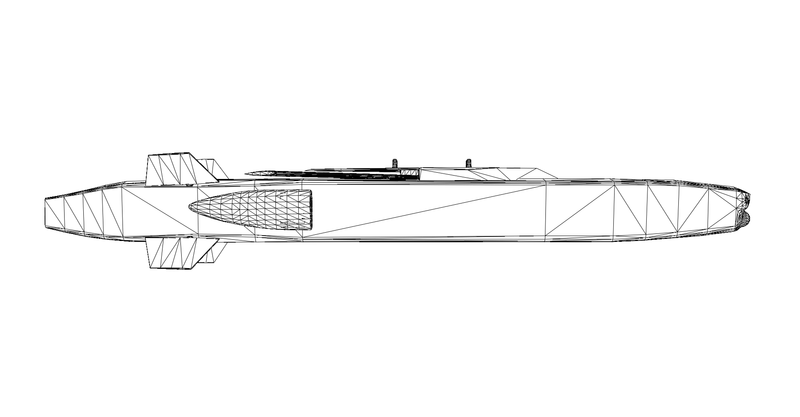Russia Stripped S-300/400 Air Defenses from Belarus and Far East for Victory Day Parade
Victory Day pressures and deep-strike threats reveal a zero-sum game in Russian air-defense deployments.
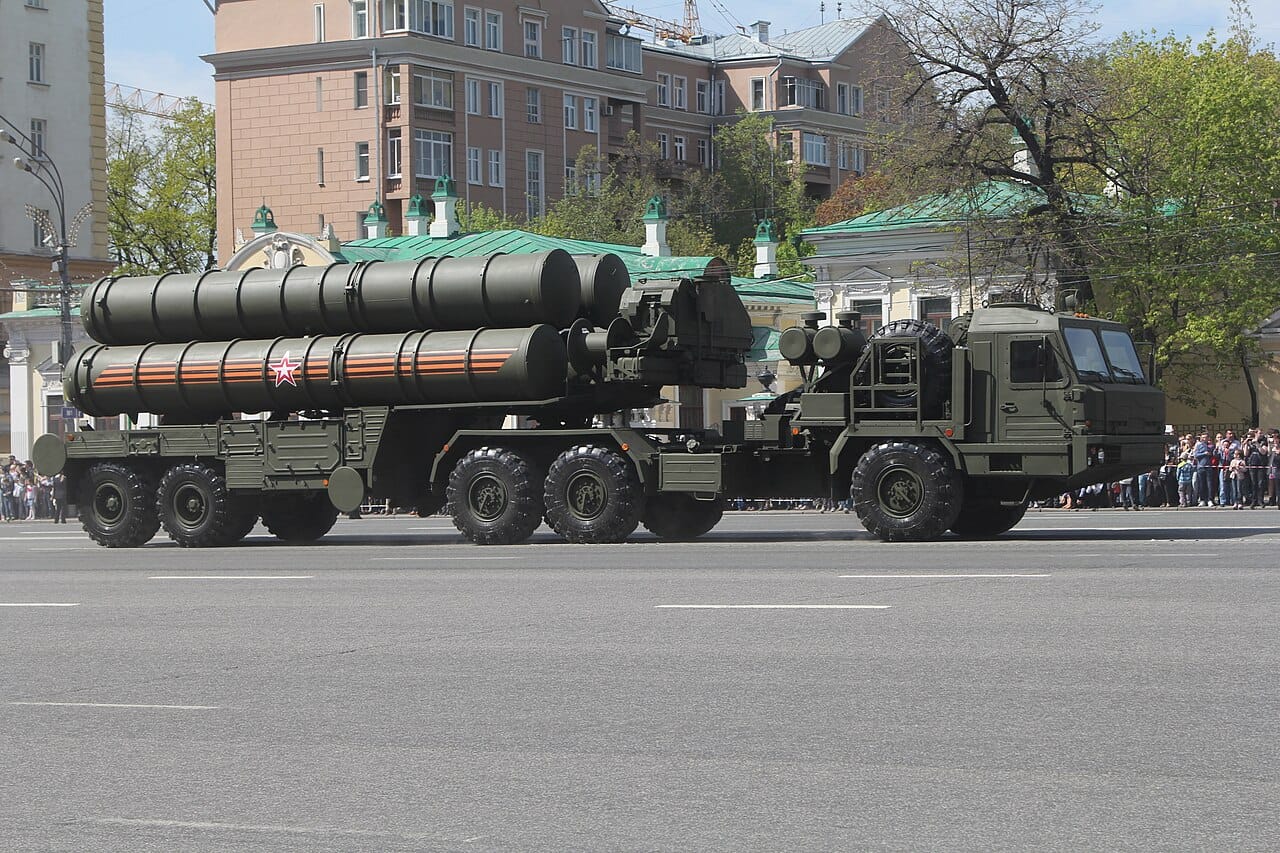
Note: This report consolidates verified dispatches and OSINT inputs. Confirmed events, imagery, and expert commentary are quoted directly. Inferred but unverified activity is noted inline; unverifiable elements are marked accordingly.

Key Takeaways
- Air‑defense battalions withdrawn from Belarus: Satellite imagery and OSINT reporting (CyberBoroszno) indicate S‑400 systems near Ziabrauka and Khoiniki in Belarus’ Gomel Oblast were redeployed to reinforce Moscow’s anti‑drone perimeter.
- Decoys deployed in the Russian Far East: Japanese analysts detected S‑300/S‑400 mock‑ups replacing live systems at Vladivostok, Irkutsk Oblast, and Khakassia—masking real batteries moved toward the Ukrainian front.
- Drone pressure intensifies: Russia claimed 105 Ukrainian drones downed on 6 May; 13 airports were disrupted and ~20 UAVs intercepted near Moscow. POLITICO Odessa Journal
- Victory Day security overextends system inventory: With Moscow hosting foreign leaders including Xi Jinping, the Kremlin appears to have prioritized elite event security over regional airspace integrity.
- Strategic gap for Minsk & southern Russia: Removing the Belarus batteries re‑opens the northern approach to Kyiv and exposes Belarusian airspace, now reliant on legacy S‑300PS.
- Zero‑sum defense posture: Limited S‑400 production (≈2 regiments/yr) forces Russia to trade coverage between Crimea, Moscow, front‑line logistics hubs, and the Far East.
Moscow Braces for the Most Watched Victory Day in Years
Ukrainian UAVs hit the capital three nights running (4-6 May), forcing Russia to ground flights at four Moscow hubs plus nine regional airports. The Russian MoD claimed 105 drones destroyed across 11 oblasts; Mayor Sergey Sobyanin said 19 fell within Moscow Oblast alone. POLITICO
Air-traffic tracker data show more than 350 flights delayed and 60,000 passengers stranded. Business Insider Foreign leaders—including China’s Xi Jinping—are expected in Red Square, raising the political cost of any successful strike.
The Bigger Picture: Russia’s Shrinking Air‑Defense Blanket
Russia faces an air-defense dilemma across three competing fronts:
- Front-line support: Systems are needed to protect troops and supply corridors across occupied Ukraine.
- Capital protection: Moscow is now a prime UAV target, requiring dense overlapping A2/AD zones.
- Territorial coverage: The Far East, though less active militarily, still hosts strategic ports, aerospace assets, and infrastructure—now left reliant on illusions.
With new S‑400 production reportedly capped at two regiments per year, every redeployment is a zero‑sum choice. Decoy deployment in the Far East underscores the strain on even Russia’s flagship A2/AD network.
“Russia is being hit from multiple directions—Crimea, Moscow, and the rear. They can’t protect everything at once. Every battalion they move to shield one priority leaves another exposed. The drone campaign is forcing them into a zero-sum defense posture.”
What it means:
- Crimea needs coverage due to persistent Ukrainian strikes on key military infrastructure.
- Moscow demands reinforcement for political and symbolic reasons—especially with the Victory Day parade.
- The rear (logistics hubs, fuel depots, and mobilization centers deep in Russia) is increasingly targeted by long-range Ukrainian drones.
The core takeaway is: Russia no longer has enough high-end air-defense systems to simultaneously defend all critical points. Every movement is a trade-off, and Ukraine’s drone strategy is deliberately exploiting this.
First Pull-Out: S-300/400 Withdrawal in Belarus - Minsk Exposed, Moscow Fortified
Satellite Evidence of the Belarus Pull‑Out
Open‑source analysts compared high‑resolution images from 30 April and 5 May 2025 - though they have not been released and could not be verified. According to OSINT reports, the 5 May set shows empty revetments and fresh track marks at two launch sites near Ziabrauka airfield and Khoiniki in Gomel oblast—both used by Russian S-400 battalions since spring 2022.
Previous Timeline of Russian S‑300/S‑400 in Belarus
- Feb 2022: First S‑400 battalion crosses into Gomel for Ukraine invasion.
- Sept 2022: Systems remain after Zapad 2022 drills; Belarus MoD announces “joint combat duty.”
- Jan 2024: Additional 48N6DM missiles arrive by rail from Khabarovsk.
- 5 May 2025: Satellite imagery shows withdrawal convoys; empty revetments confirmed.
- 7 May 2025: Russian trains reportedly carrying TELs reach Naro‑Fominsk base, west of Moscow (Note: could not be independently verified).
Why These S-300 and S-400 Batteries Mattered in Belarus
- Protecting logistics lines: Gomel deployments shielded the rail bridge from Bryansk into northern Ukraine—vital for the Central Grouping of Forces.
- Deterring Ukrainian strikes: Since 2023, Kyiv’s drones skirted south of Mazyr or along the Dnipro to avoid the S‑400’s 400 km envelope.
- Political leverage: Their presence symbolised Kremlin backing for Alyaksandr Lukashenka, who lacks comparable long‑range systems.
This redeployment has strategic implications. With the S‑400s gone, Ukrainian drones face a thinner radar picture and may re‑probe routes toward Homyel depots.
| Front / Region | Before 5 May 2025 | After Withdrawal |
|---|---|---|
| Kyiv Northern Approaches | Dual S‑400/S‑300 belts in Gomel & Bryansk | Northern arc exposed; ≥150 km gap east of Chernobyl Exclusion Zone |
| Belarusian Airspace | Russian‑Belarusian layered command | Legacy Belarusian S‑300PS only (≈75 km range) |
| Moscow A2/AD Zone | 3 permanent S‑400 regiments (Korolyov, Zvenigorod, Elektrostal) | Reinforced by ≥1 battalion from Belarus (Note: unverified as per 9 May) |
(A2/AD = anti-access/area-denial)
Belarus’ role as a buffer zone is thus diminished—both symbolically and operationally. For President Lukashenka, the pullback signals that even joint treaty obligations won’t override Russia’s own homeland defense imperatives.
Second Pull-Out: Russian Far East Left to Decoys - S-300 and S-400 Defense Hollowed
New reporting from Japanese OSINT analysts reveals another flank left exposed. Satellite imagery shows that mock S-300 and S-400 systems have been installed at multiple Far Eastern bases, including:
- 1533rd Guards Anti-Aircraft Regiment (Vladivostok)
- 1534th Regiment (Irkutsk Oblast)
- 24th Air Defense Brigade (Khakassia)
These decoys—identifiable by crude construction, simplified geometries, and the absence of associated command/radar units—indicate an attempt to simulate the presence of functioning air defenses. Their deployment coincides with the apparent westward movement of real systems, suggesting Russia is attempting to sustain deterrence through deception.
| Unit / Location | Observation | Implication |
|---|---|---|
| 1533rd Guards Regt – Vladivostok | Mock launchers, no 96L6 radar units | Real TELs redeployed westward |
| 1534th Regt – Irkutsk Obl. | Simplified geometries in pits | Deterrence by deception |
| 24th Air Defense Bde – Khakassia | Absence of command vehicles | Far East reliant on illusions |
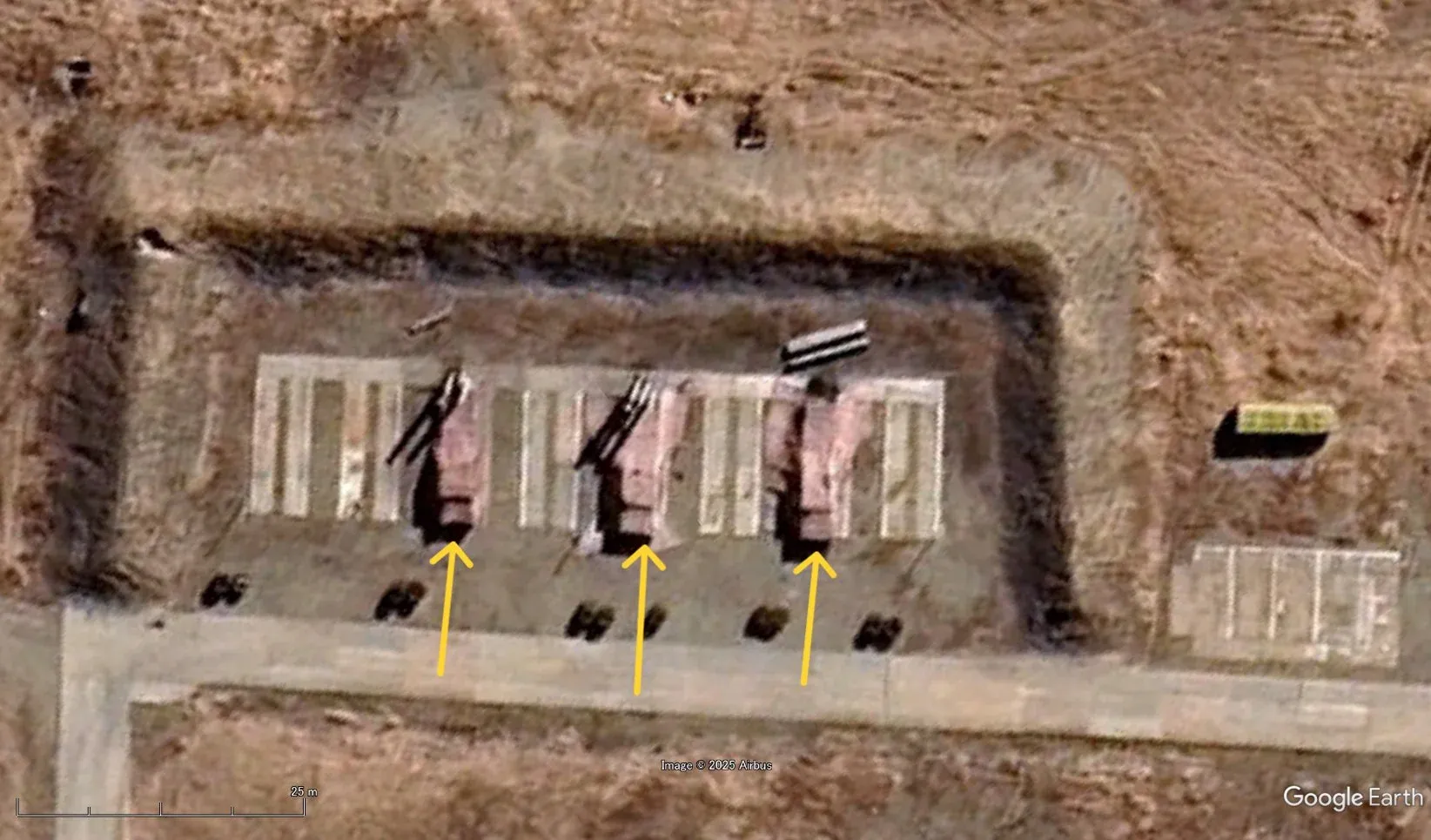
These decoys—lacking associated command/radar vehicles—suggest Russia is banking on ambiguity to sustain deterrence.
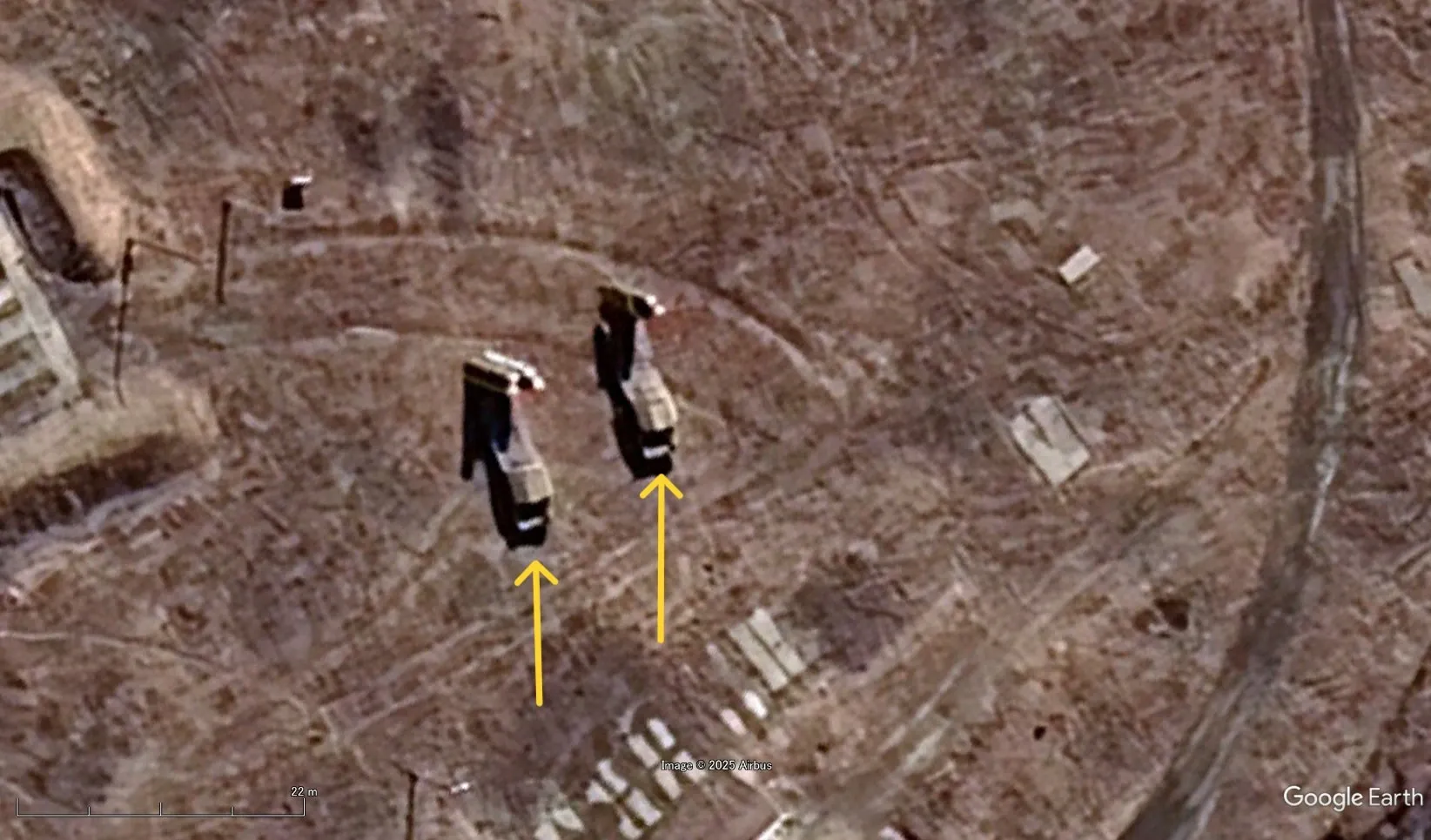
Strategic Outlook: Gaps, Dependencies, and the Road Ahead
Russia’s urgent redeployments have created exploitable seams in its air-defense coverage:
- For Ukraine, the thinning radar coverage north of Kyiv and in Belarus opens new corridors for deep-strike experimentation using long-range drones or loitering munitions. Expect intensified probing of these gaps in the coming weeks.
- For Belarus, the episode underscores its strategic dependency on Russian systems it does not own or control. Minsk may now push for permanent S-400 deployments under national command—or explore alternatives like China’s HQ-22.
- For Russia, the post-9 May period will be telling. If the air-defense units return to Gomel, the move may be temporary. If not, it marks a long-term downgrade of Belarus as a buffer zone—both symbolically and operationally.
What to watch:
- Whether S-400s redeploy to Belarus after Victory Day.
- Signs of intensified Ukrainian drone activity, especially north of Chernihiv.
- Any shifts in Belarusian procurement or defense posture following the pull-out.
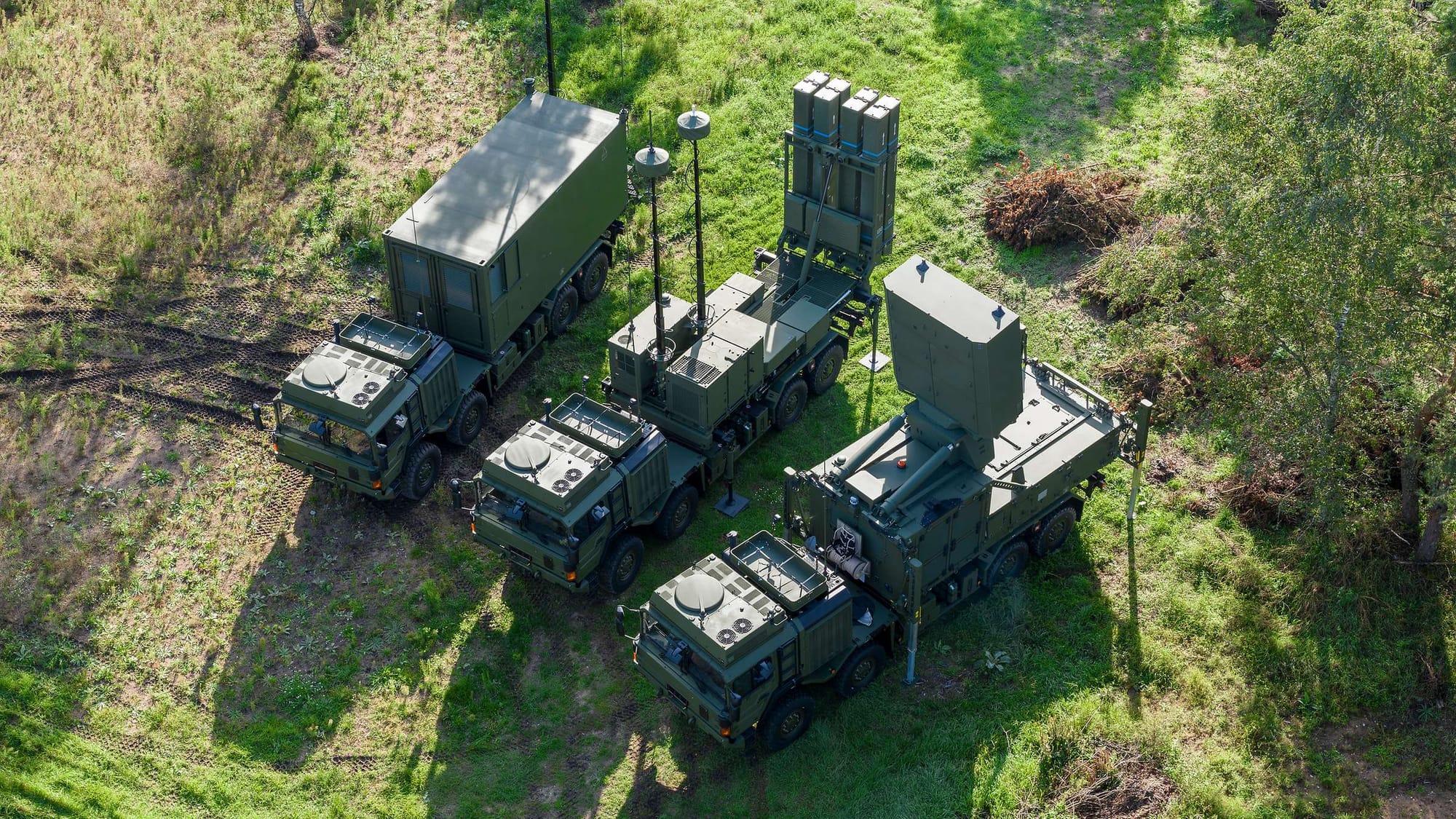
Pulling a battalion 700 km for a parade is a sign of acute shortage—or acute security concerns around their capital city. Either way, Russia just undercut the shield over its most reliable ally while simultaneously fielding dummies on the other side of their country.
Read More on grosswald.org
- Ukraine Deploys Sea‑Based SAM Node – MAGURA V7 Downs Russian Su‑30 with NATO AIM‑9
- Ukraine Magura V5 Drone Downs Russian Su-30 in First Sea-to-Air Kill
- Belarus Expands Drone Fleet with 560+ Tactical & FPV UAVs by 2025
Bookmark grosswald.org for live imagery updates as they become available.


